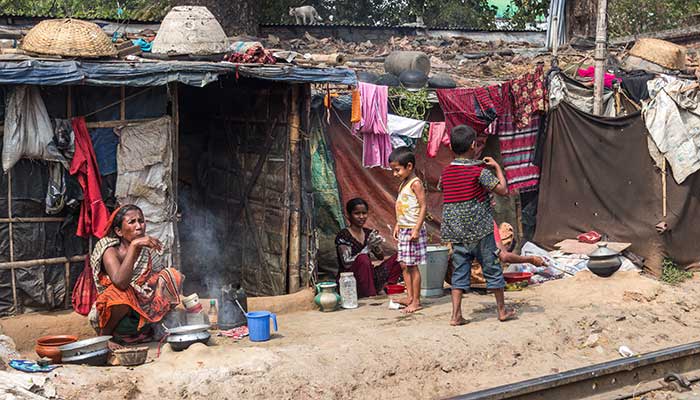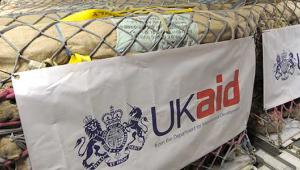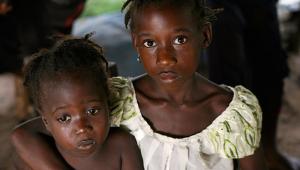web_dhakaslum_shutterstock_446144908.jpg

A family in a slum in Dhaka, Bangladesh. The ODI found that too many children in the city's slums are out of education and working on average 64 hours per week.
In one of the largest surveys on child work and education conducted in Bangladesh, the Overseas Development Institute found that 15% of 6-14 year olds in Dhaka’s slums were out of school and working on average 64 hours per week.
By the age of 14 – Bangladesh’s minimum working age – almost half of all the children living in Dhaka’s slums were working. Compared to earlier ODI surveys, the vast majority of child labourers were not in school. Another 16% were not in either work or education.
The ODI said that the children surveyed cited economic pressures facing their families as the main reason for working.
Maria Quattri, research fellow at the ODI and co-author of the report, said the children the ODI spoke to all wanted to be in school.
“But poverty was driving parents to find jobs for their children, even though they could see it would jeopardise their long-term future,” she explained.
The report set out a number of recommendations for the Bangladesh government to address high levels of child labour in the country.
These included raising the age of free and compulsory education from 10 to 14 and increasing the overall financing for education to 4-5% of GDP, with greater emphasis on provision in slums.
Dhaka’s slums are home to an estimated 3.5 million people, or 40% of the capital city’s population. As rural populations are driven from their homes by poverty and climate change, this figure is set to rise drastically. Dhaka is one of the fastest growing cities in the world.
Bangladesh has an impressive record on human development and is working to reduce child labour and increase access to education, but the poorest children are proving difficult to reach, as this study shows.
The ODI also called on Bangladesh to crack down on employers found to be employing underage workers or exceeding working time limits – set at 42 hours per week.
Many of these are likely to be found in the garment sector, which the ODI found was employing two thirds of the female children working within Dhaka’s slums.
Over a third – 34.6% – of girls, as well as 36.1% of boys, reported experiencing extreme fatigue. More than half of the children surveyed who started working between the ages of six and ten were unable to correctly identify more than three Bengali letters, and almost two thirds were unable to read a single word correctly.
Kevin Watkins, another ODI researcher and co-author of the report, noted that children who leave education and enter low-paid work are “unlikely to gather the skills and abilities needed to break the cycle of poverty across generations”.
“[Child labour] transmits poverty across generations, traps children in a cycle of poverty and undermines economic growth. What our survey found in Dhaka is a microcosm of a global problem that should be at the heart of the international agenda,” he said.













